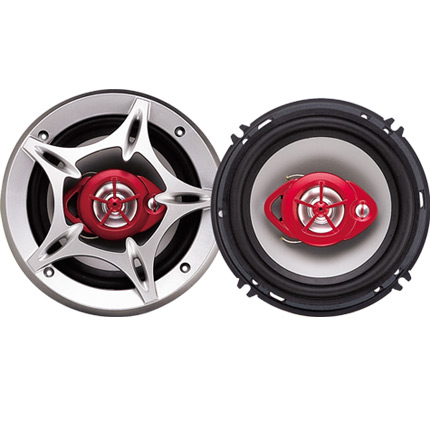Understanding the Functionality of Gear Selector Cables in Vehicles
Understanding Gear Selector Cables An Essential Component in Modern Vehicles
In the intricate world of automotive engineering, each component plays a vital role in ensuring the smooth operation of a vehicle. One such crucial element is the gear selector cable, which is often overlooked by the average driver but is fundamental to the effective functioning of an automatic transmission. This article delves into the significance, functionality, and maintenance of gear selector cables, underscoring their importance in modern vehicles.
What is a Gear Selector Cable?
The gear selector cable, also known as the transmission shift cable, is a flexible cable that connects the gear shift lever in the vehicle's cabin to the transmission system underneath the vehicle. Its primary function is to relay the driver's shift commands—whether it's to park, reverse, neutral, or drive—directly to the transmission. This allows for the appropriate gear to be engaged smoothly, ensuring that the vehicle operates as intended.
How Do Gear Selector Cables Work?
The operation of a gear selector cable is quite straightforward. When a driver moves the gear shift lever, the attached cable pulls or pushes a mechanism in the transmission. This mechanism, often a series of levers and detents, engages the desired gear. The cable is engineered to withstand significant tension and movement, often necessitating high durability to endure the constant daily operation.
The cable typically consists of a solid core wire encased in a protective housing. This design allows for flexibility while preventing damage from environmental factors or road debris. In some vehicles, the cable system may include adjustments allowing for precise alignment with the transmission component, ensuring optimal performance.
Signs of Gear Selector Cable Issues
Like any component, gear selector cables can wear out or become damaged over time. Drivers should be aware of several signs indicating potential issues with this part. These may include
gear selector cable

1. Difficulty Changing Gears If the driver struggles to shift between gears, this may indicate that the cable is frayed or misaligned. 2. Unusual Noises Grinding or popping sounds when shifting gears can signal that the cable is not functioning correctly, often due to mechanical interference.
3. Slipping Gears If the vehicle unexpectedly slips out of gear or fails to engage a gear, the cable may need inspection or replacement.
4. Warning Lights Many modern vehicles are equipped with diagnostic systems; any related malfunctions can trigger dashboard warning lights.
Maintenance and Replacement
Given the vital role of gear selector cables, regular maintenance is important. Drivers should ensure that their vehicle undergoes routine inspections. This includes checking for signs of wear, fraying, or corrosion. If any issues are detected, timely replacement is crucial to prevent further damage to the transmission system.
Replacing a gear selector cable can often be a straightforward process for a skilled mechanic, though some models may require specific expertise. It’s important to use high-quality replacement parts to ensure lasting performance, as substandard cables may fail prematurely.
Conclusion
The gear selector cable may be a small component in the overall machinery of a vehicle, but its impact is disproportionate to its size. Ensuring that it is in good working order is essential for the safety and functionality of the vehicle. Regular maintenance and timely replacements can help drivers avoid problems that could lead to more severe issues down the line. As technology continues to evolve, these components will also adapt, but their core function will remain vital to the driving experience. Advocacy for awareness, understanding, and proper care of gear selector cables can contribute to smoother and safer journeys for everyone on the road.
-
Workings of Clutch Pipe and Hose SystemsNewsJun.04,2025
-
The Inner Workings of Hand Brake Cable SystemsNewsJun.04,2025
-
The Secrets of Throttle and Accelerator CablesNewsJun.04,2025
-
The Hidden Lifeline of Your Transmission Gear Shift CablesNewsJun.04,2025
-
Demystifying Gear Cables and Shift LinkagesNewsJun.04,2025
-
Decoding Clutch Line Systems A Comprehensive GuideNewsJun.04,2025
